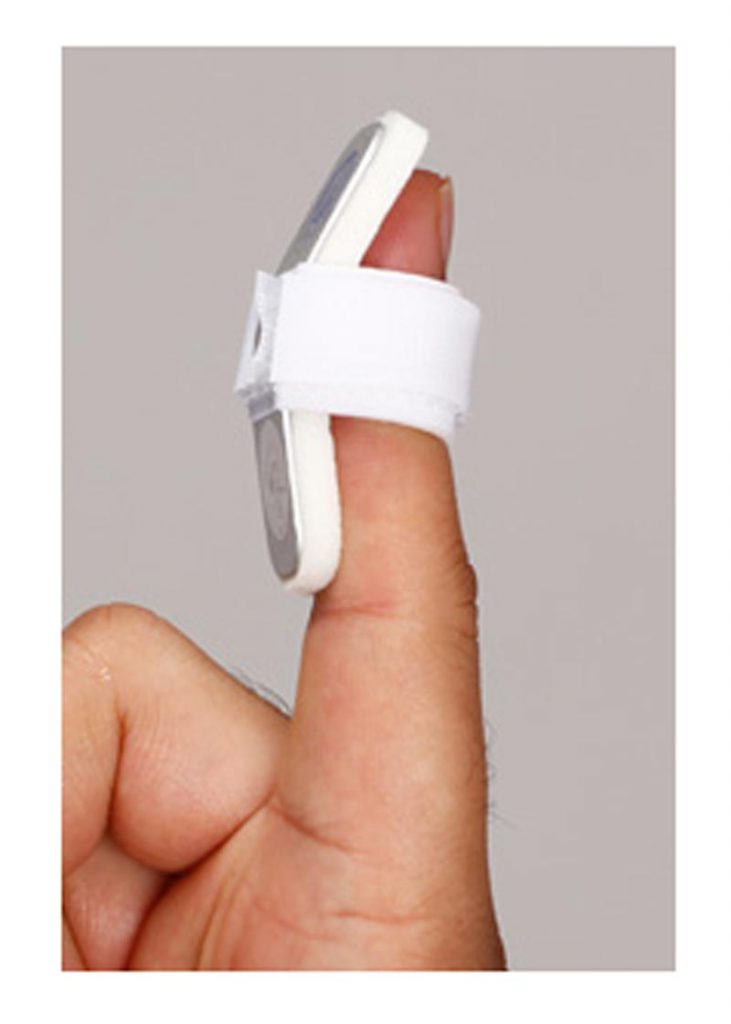How do you sustain a mallet finger injury?
Even though Mallet finger, or as it is sometimes called “Baseball Finger”, sounds like something that would only happen to someone who works with heavy tools or plays sport, it is quite common and can happen to virtually anyone.
The injury occurs when the thin tendon that straightens the end joint of a finger is damaged by direct force, causing it to stretch farther than it is intended to go. When a ball or other object strikes your fingertip and bends it, this force may pull or tear the tendon. If the force is strong enough, a piece of bone may even be pulled away with the tendon. This may make it painful, difficult or impossible to straighten the tip of your finger. These injuries can happen to athletes and non-athletes alike. Among athletes, it’s common in any sport where a ball may be thrown or caught, such as baseball, basketball or football.
How to know if you have a mallet finger injury
Your finger may be very painful, it it may be difficult or impossible to straighten your finger at the tip. Bruising, swelling, warmth or redness may also accompany the injury. A fracture may also be associated with the injury.
How to diagnose mallet finger
A hand surgeon will usually be able to conduct a visible and physical examination to diagnose the injury. Imaging may also be needed to confirm or rule out the presence of a break in the bone.
How to treat mallet finger
Most mallet finger or baseball finger injuries are treated non-surgically. Immobilization with a small splint is important to avoid further injury or discomfort. Your hand surgeon can help create a splint to keep the fingertip straight and protected while it heals. Icing the injury quickly will help with pain and inflammation. Depending on the severity of the injury, the splint may need to be worn for as little as a couple of weeks or as long as eight weeks. It may or may not need to be worn throughout the day. Often, a physician will recommend taking the splint off several times a day to keep the finger active and mobile. Working with a hand therapist after the injury heals will help restore range of motion and function, although it may take time to restore complete range of motions after healing is complete.

